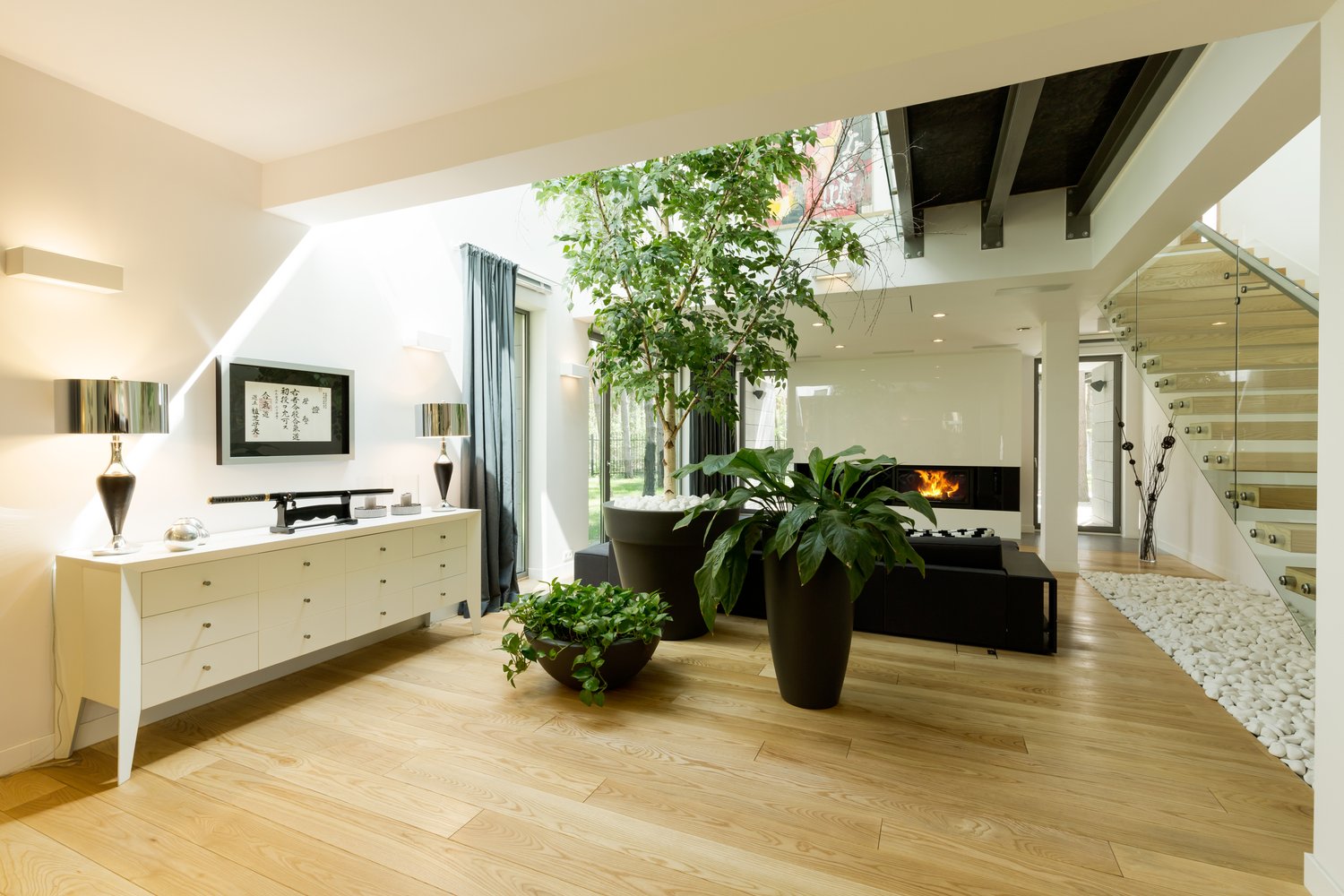Skylights have become an increasingly popular home improvement option for homeowners seeking to enhance natural light in their living spaces. These roof windows offer a unique way to brighten dark rooms and potentially increase a home’s value. However, before adding a skylight to your roof, it’s essential to weigh the benefits against potential drawbacks such as leaks or excessive heat gain. This article will explore the advantages and disadvantages of skylight installation and the typical costs you might expect when undertaking this renovation project.
What Is a Skylight?
A skylight is a window installed in your roof that allows natural daylight to enter your home from above. Unlike standard windows, skylights are positioned to capture maximum sunlight throughout the day. Modern skylights come in various styles, including fixed (non-opening), vented (can be opened for ventilation), tubular (for smaller spaces), and bright skylights that can be programmed to open and close automatically based on weather conditions. Adding a skylight to your roof can dramatically transform interior spaces, particularly where traditional windows aren’t feasible or sufficient.
Benefits of Installing Skylights
The primary advantage of skylights is the abundant natural light they provide. Rooms that previously felt dark and cramped can be transformed into bright, welcoming spaces by installing a quality roof window. This natural illumination can reduce the need for artificial lighting during daylight hours, potentially lowering your electricity bills. Studies have also shown that exposure to natural light improves mood and productivity, making skylights a wellness-enhancing home feature.
Beyond lighting benefits, vented skylights offer improved air circulation, helping to remove excess moisture and odors from your home. This ventilation function is particularly valuable in kitchens and bathrooms. In passive solar home designs, strategically placed skylights can help regulate temperature by allowing winter sun to warm your home, while properly positioned overhangs can minimize summer heat gain. According to building professionals consulted by AskHomey, a well-installed skylight can also increase your home’s resale value by enhancing its aesthetic appeal and energy efficiency.
Potential Drawbacks of Skylights
Despite their advantages, skylights present some concerns that homeowners should consider before installing. The most significant worry for many is the potential for leaks. Poorly installed skylights or those that have deteriorated over time can allow water to enter your home, leading to costly water damage and mold issues. This risk underscores the importance of professional installation and regular skylight maintenance.
Heat gain and loss represent another considerable downside. Without proper glazing and installation, skylights can create a greenhouse effect in summer, making rooms uncomfortably warm and increasing cooling costs. Conversely, they can also be a source of heat loss in winter. Modern energy-efficient skylights address these issues with low-E glass coatings and insulated frames, but the concern remains relevant, especially for older skylight models.
Privacy and glare are additional factors to consider when planning skylight installation. Skylights may create uncomfortable glare on television screens or work surfaces, depending on placement. They also generally cannot be covered with traditional window treatments, though some manufacturers offer built-in blinds or tinting options to help control light levels.
Skylight Installation Cost Factors
The cost of adding a skylight to your roof varies considerably based on several factors. The skylight type significantly impacts the price, with fixed skylights generally being the most affordable option, starting around $150-$500 for the unit alone. Vented models typically cost $300-$1,200, while tubular skylights range from $200-$400. Premium bright skylights with rain sensors and remote operation can exceed $2,000 per unit.
Installation complexity adds substantially to the roof window cost. Professional installation typically ranges from $500 to $3,000, depending on roof pitch, roofing material, and whether structural modifications are needed. Cutting through rafters or installing light wells for cathedral ceilings increases labor costs considerably. Most homeowners should expect to pay between $1,500 and $3,500 for a complete skylight installation, though complex projects may reach $5,000 or more.
Additional factors affecting skylight installation cost include your geographic location, the need for custom flashing kits, energy efficiency ratings, and any interior finishing work required. While DIY installation might seem tempting to reduce costs, professional installation is strongly recommended to ensure proper sealing and structural integrity.
Maintenance Considerations
Maintaining your skylight properly ensures its longevity and performance. Regular inspections of the flashing and seals help identify potential leaks before they cause damage. Cleaning the glass periodically improves light transmission and allows you to check for cracks or other damage. Most manufacturers recommend professional inspection every few years, particularly for vented models with mechanical components.
Skylights typically have a lifespan of 15-20 years, though higher-quality models may last longer with proper care. When budgeting for skylight installation, consider these ongoing maintenance requirements and eventual replacement costs as part of your long-term investment.
For more tips and to connect with reliable home service professionals, follow AskHomey on Facebook and Instagram.



